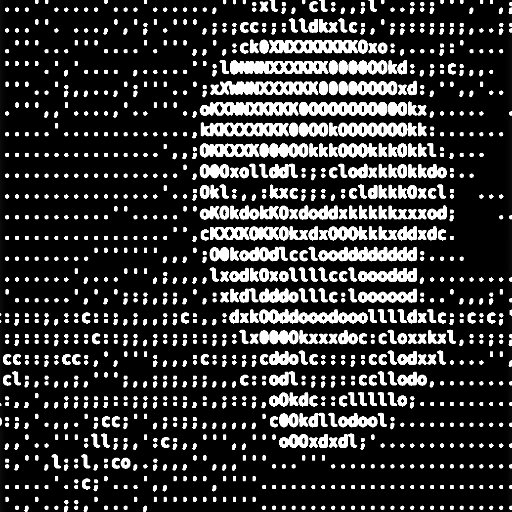I just discovered Mathematica's Tube[] function so before I even attempt to give any details, note how by swapping the time axis for a third spatial axis I can redraw the little dance on the left as braids. Read from top to bottom.
Weierstrass's ℘-function has the amazing property that if we let (x,y) = (℘(z),℘'(z)) (℘' is the derivative) then y²=4x(x-1)(x+1). As you might expect, given what I've said, it's "doubly periodic". Here's a contour plot of its real part plotted in the complex plane.
If my code is correct: generate 8x8 matrices whole elements are uniformly chosen from 3 cube roots of 1. Zero out anything below the band below the main diagonal (so we zero out 1+2+...+6 elements.). Now plot top left element of the inverses of those matrices in the complex plane
I like this more.
(This was motivated by reading up on random matrices where they have a trick to smooth out the spectrum of a matrix.)
For the circular law in random matrix theory the actual function you care about is the hobbit-hole function :)
If you're too lazy to look at the paper, here are some similar branch patterns in a reconstruction of a tsunami from 2011.








